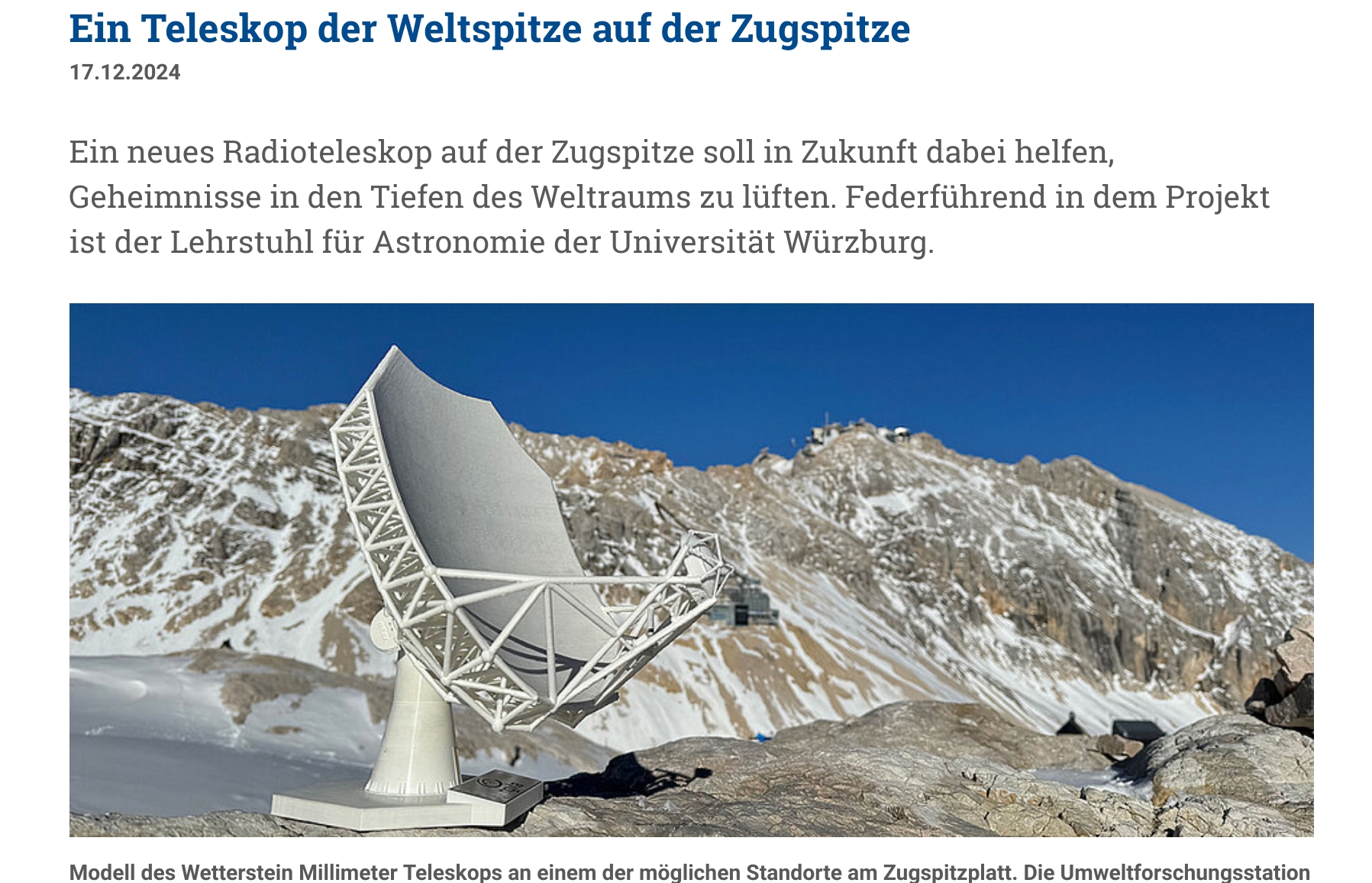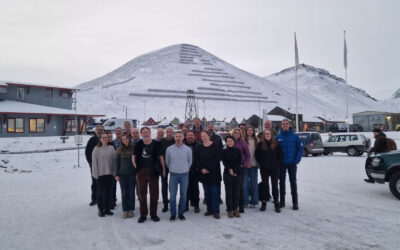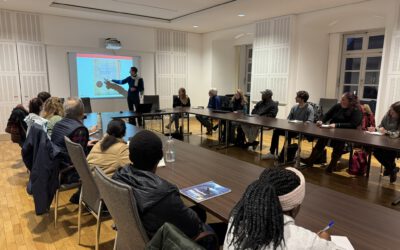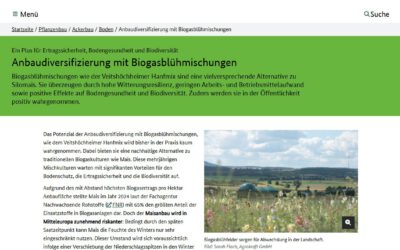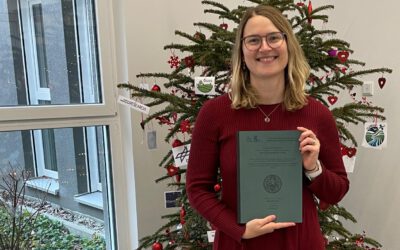Our colleague from the Department of Astronomy, Professor Kadler, is leading the development of a new telescope on Zugspitze, which will significantly enhance the University of Würzburg’s international reputation in astronomy research. We have the honour to be able to contribute through Tobias Ullmann, who, as the JMU Science Team Lead for UFS activities, played a key role. Additionally, we provided relevant line-of-sight analysis to assist with the site selection for the telescope.
This groundbreaking research by Prof. Kadler has also garnered significant media attention, including coverage by our own University. For more details, please read the full news release here: https://www.uni-wuerzburg.de/aktuelles/einblick/single/news/ein-teleskop-der-weltspitze-auf-der-zugspitze/
you may also like:
A Thank You for a Remarkable 2025 🌍
As 2025 draws to a close, we at the Earth Observation Research Cluster (EORC) would like to take a moment to reflect on an inspiring and productive year—and to say thank you to everyone who made it possible - from EORC staff, EAGLE student to our collaborators. This...
EORC participates in Svalbard vegetation and biomass monitoring workshop
Recently, EORC researches and partners participated in the SvalbardMonitoring workshop, a four-day event organized by the Norwegian Institute for Nature Research (NINA) in Longyearbyen, Svalbard. The workshop focused on Arctic vegetation and biomass research, with a...
Exploring Innovative Science Communication: A Visit to Würzburg City Hall
As part of our seminar “Perspectives on Innovative Science Communication”, in which we are developing an exhibition on young scientists and future-oriented topics in Würzburg and its partner city Mwanza in Tanzania, we recently visited Würzburg City Hall. City...
Remote sensing insights into biogas flowering mixtures
Perennial wildflower mixtures are gaining importance as an alternative to maize in biogas production. As highlighted in the praxis-agrar article on crop diversification with biogas flowering mixtures, they combine agricultural use with clear ecological benefits....
EORC Contributions to the Centenary Atlas of the Geographical Society of Würzburg
EORC Contributions to the Centenary Atlas of the Geographical Society of Würzburg (with German version below) Satellite-based Earth observation has become a cornerstone of contemporary geographical research, particularly for analyzing global dynamics, environmental...
PhD submitted by Julia Rieder
We are pleased to share that our PhD student Julia Rieder has successfully submitted her doctoral thesis! Her dissertation, entitled “Abiotic and biotic drivers of drought responses in European beech (Fagus sylvatica L.) inferred from field and LiDAR data”,...

